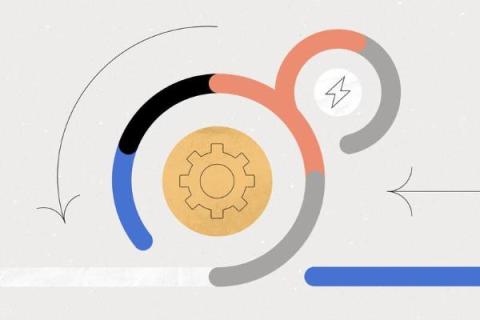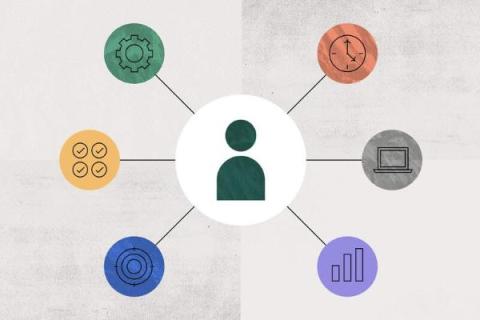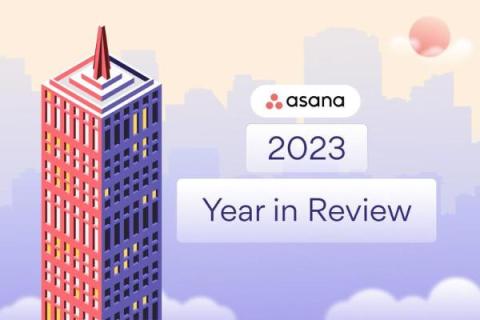How 3 world-class teams streamline creative production at scale
From billboard ads to social media posts, high-quality creative assets are essential to make your brand stand out. But the larger your company, the harder it is to coordinate all the moving parts of creative production. That doesn’t mean it’s not possible. These three enterprise companies—Discovery Inc., Benefit Cosmetics, and Dr. Martens—have all cracked the code on large-scale creative production.











